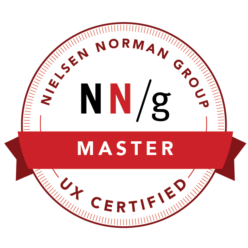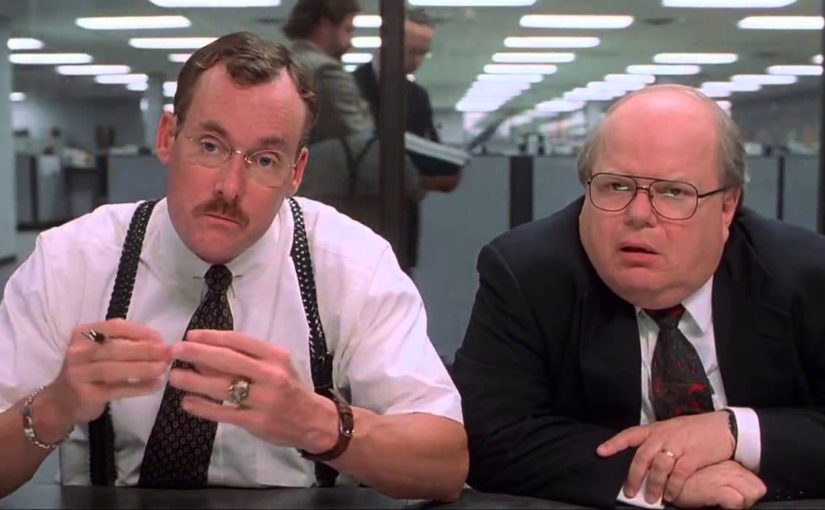When one starts a new position as a User Experience (UX) professional it’s sometimes difficult for others to see the value of your position, or know what you can bring to the table. Likewise, for someone who has never heard the term UX before, they may be confused as to what it is you do. Immediately most people go to their degrees or experience to describe UX.
However, practitioners in the field of UX have degrees in Graphic Design, Human Computer Interactions, Interactive Design, Marketing, or Statistics. I’ve even worked on a UX team with an individual whose background was in Philosophy.
Additionally, any professional can be interested in the field of UX and attend a workshop from Adaptive Path, achieve a certification from the Nielsen Norman Group, or even earn a Master’s of Professional Studies (MPS) in UX. I myself started my professional career as an art teacher and graphic designer, made my way to the web, started working as a front-end developer, and ended up in UX by way of software teams.
The truth is that UX as a discipline is just recently becoming established at colleges and universities, so right now typical life-long learners and practitioners in the field of UX tend to have an education and experience in User Interface (UI) design, human/computer psychology, interactive media, design research, design strategy, marketing, and design thinking methodologies.
Also, anyone can refer to themselves as a UX professional. For example, front-end developers and web designers often refer to themselves as UX designers or UX architects, having never worked with a user, or never conducting any type of usability testing. These diverse backgrounds and skill sets are very different, and ultimately add to the fantastic perspectives that are desperately needed in the field.
So, let’s assume that you have at least heard the buzzword ‘UX’. However, In my experience the eCommerce, nonprofit, software, and technology industry as a whole still struggles with what UXers are supposed to be doing. Are they designers? Do they work on CSS and HTML? When any UXer is asked the question “what would you say you do here,” it can be difficult to answer.

I have a colleague Michael Schofield who states in a fantastic Medium Post that when we talk about user experience, “we are talking about something that can be measured… it is plottable and predictable.” In my opinion, this designation is vitally important in the Attention Economy, wherein digital product and service life cycles require decisions based on metrics.
Gone are the days of How A Web Design Goes Straight To Hell. Nobody can continue to afford (or has the time to waste on) decisions based on one stakeholder’s preferences, or design by committee. It’s a proven fact that users will just go somewhere else to more easily get what they need and want.
When I’m asked by a developer, product manager, or client “what would you say you do here,” to eliminate confusion I do the following:
- I send them Hoa Loranger’s video on the Nielsen Norman Group titled “UX — U = X,” wherein she states:
“UX without users is not UX, it’s X… which means don’t do it.”
- I send Dana Chisnell’s article on A List Apart titled “Usability Testing Demystified,” wherein she states:
“Every time a person has a great experience with a website, a web app, a gadget, or a service, it’s because a design team made excellent decisions about both design and implementation — decisions based on data about how people use designs. And how can you get that data? Usability testing.”
I usually follow those links with an email asking if they would like to schedule a time to talk about what services we can provide, and offering to answer any of their questions. Ultimately as a UXer I can assist in a myriad of different ways — audits, service blueprints, style guides, usability studies, user testing. etc. — but I can only communicate, facilitate, and guide.
The way that UX works is very counterintuitive to big business, corporate workflow, and the way that most nonprofits and small businesses work… but it does work! One of my favorite quotes is from Mike Monteiro’s book Design Is A Job, I think it speaks volumes to what my job is as a UXer, and that I can’t really do someone’s homework for them if they don’t want to do the legwork:
“Everyone wants to innovate… no one wants to change.” — Mike Monteiro

